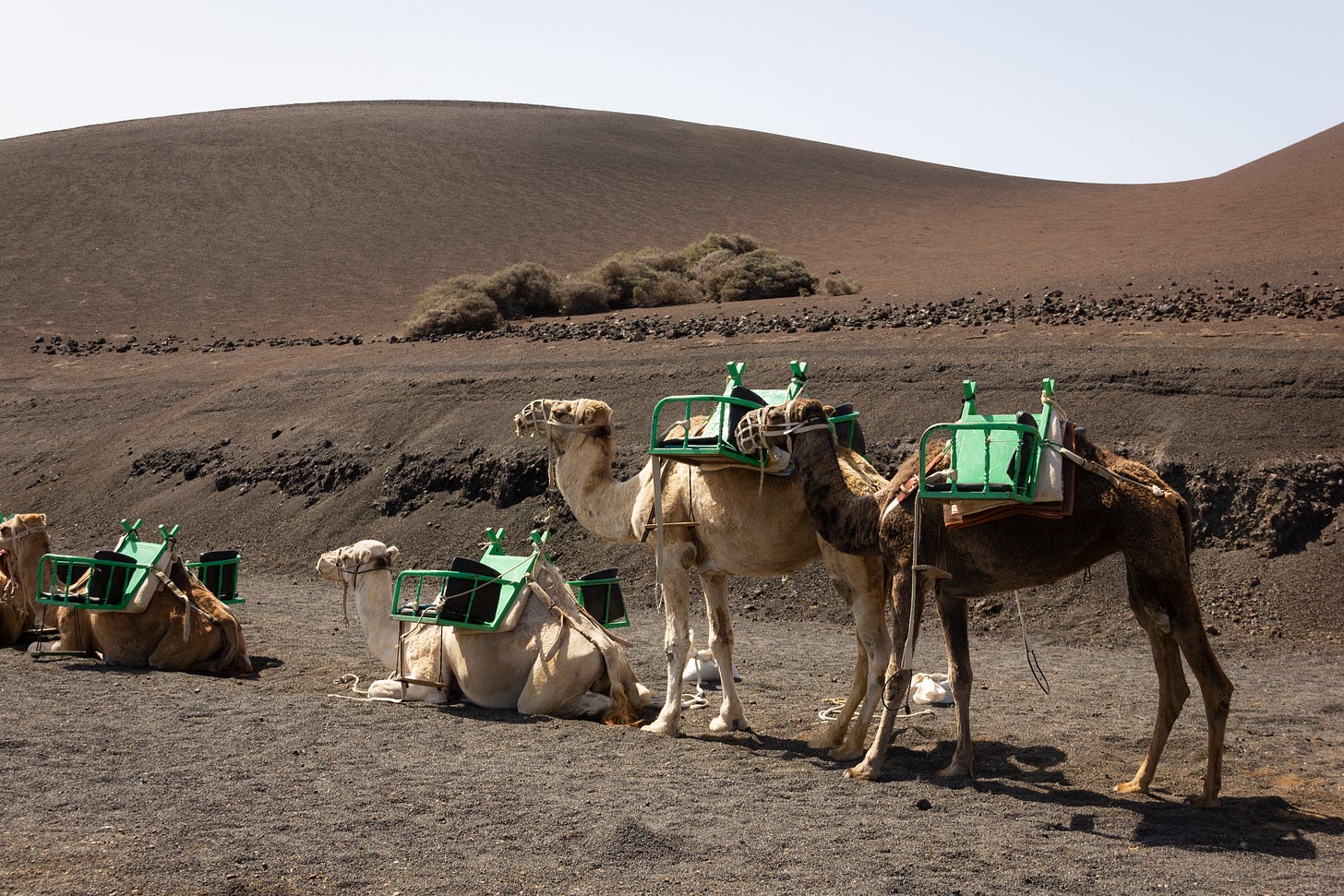
Immediately after the Torah relates the news about the death of Sarah and the subsequent purchasing of the Mearas HaMachpela, we learn about Avraham sending his servant Eliezer on a mission to find a wife for Yitzchak. Most of the parashah describes the conversations surrounding this mission and ultimately Yitzchak meeting his wife Rivka, in full detail.
One of the details that stood out to me while learning the parashah is the repeated theme of camels. I believe camels are mentioned 18 times in this week's parashah. They are rarely mentioned elsewhere in the Torah. In fact, if one were to study the different modes of transportation mentioned in the Torah, the predominant mode was walking. There is barely a mention of horses, aside from Pharaoh and the laws pertaining to a king not to have too many horses. Donkeys would definitel…
Keep reading with a 7-day free trial
Subscribe to Shui’s Newsletter to keep reading this post and get 7 days of free access to the full post archives.


